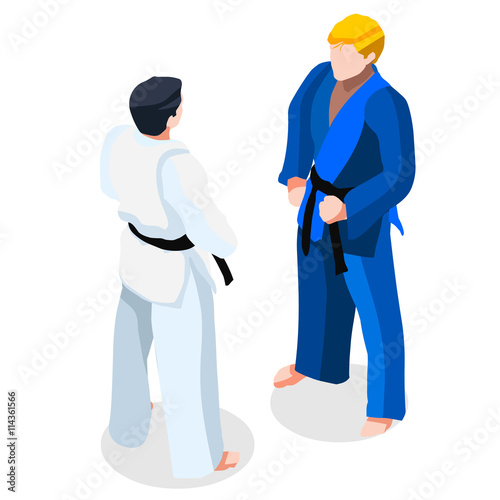Standard Martial Arts And Modern Fight Sports: A Detailed Introduction Of Their Distinct Distinctions
Standard Martial Arts And Modern Fight Sports: A Detailed Introduction Of Their Distinct Distinctions
Blog Article
Short Article Created By-Valentine Snedker
When you think about martial arts, do you lean a lot more towards the standard practices or the modern combat sports? Each path supplies one-of-a-kind benefits and experiences, shaped by their ideologies and training approaches. Traditional martial arts emphasize individual development and technique, while modern-day combat sporting activities focus on competitors and efficiency. Recognizing these differences can assist you in picking the ideal technique for your journey. However how do these distinctions manifest in training and approach?
The Philosophy and History Behind Typical Martial arts
While lots of people connect martial arts with physical fight, the ideology and history behind conventional martial arts run much deeper. You'll discover that these disciplines emphasize individual growth, technique, and regard.
Originating from ancient techniques, typical martial arts were often created for Self-Defense and spiritual advancement. They embody concepts such as equilibrium, consistency, and self-control, guiding practitioners beyond mere combating skills.
As you educate, you'll not only find out strategies yet likewise acquire insights into the culture and worths that formed these arts. The rituals and traditions, usually given through generations, foster a feeling of neighborhood and belonging.
The Affordable Nature of Modern Battle Sports
Modern fight sporting activities have actually transformed the landscape of martial arts right into an extremely competitive arena, where athletes challenge in a test of skill, method, and endurance.
https://www.marines.mil/News/News-Display/Article/3428927/us-marine-corps-gysgt-reflects-on-making-marine-corps-martial-arts-instructors/ 'll observe that competitions are usually organized with rigorous policies and policies, making certain justice and security. These events attract large target markets, fueling the excitement and strength of matches.
Athletes educate rigorously, not just for physical expertise but also for mental durability, recognizing that every information counts in the ring. The adrenaline thrill during competitions is apparent, as competitors push their limitations to claim triumph.
Fans appreciate the athleticism and virtuosity involved, making contemporary battle sporting activities a thrilling phenomenon that continues to advance and astound fanatics all over the world.
Training Methods and Techniques: A Comparative Analysis
The competitive ambience of contemporary fight sporting activities needs innovative training methods that differ substantially from traditional martial arts.
In modern training, you'll concentrate on particular techniques, competing, and conditioning, typically using drills that replicate genuine fight circumstances. evolution martial arts 'll see a focus on measurable efficiency and frequent competitors to analyze your skills.
In contrast, conventional martial arts focus on kinds, katas, and thoughtful teachings, commonly highlighting discipline and regard over competition.
Training is typically less extreme and may include recurring practice instead of real-time sparring.
While both methods develop ability and physical fitness, modern-day battle sports supply a more vibrant and versatile training setting, preparing you for immediate obstacles in the ring or cage.
Choose the course that straightens with your objectives and interests.
Final thought
In choosing in between standard martial arts and modern combat sports, it really boils down to what you value many. If you're seeking individual growth, technique, and a sense of community, typical arts could be your best fit. But if you thrive on competition and real-time challenges, contemporary fight sports could be the means to go. Eventually, both paths offer unique advantages, so it's all about aligning your training with your individual objectives and interests.
